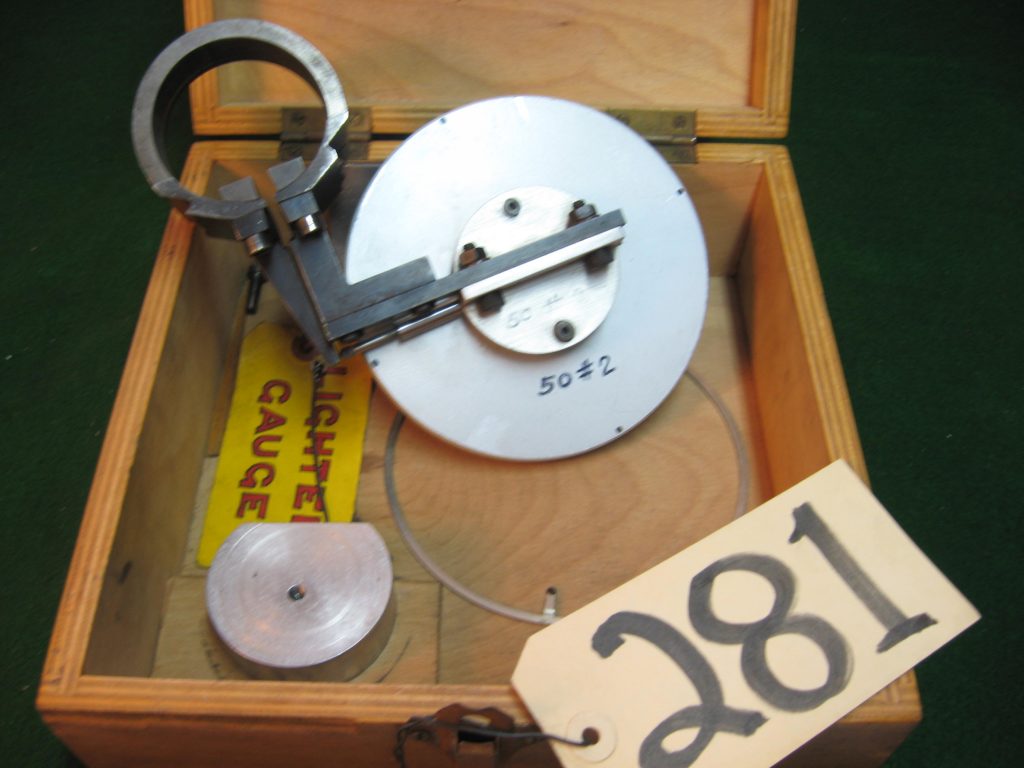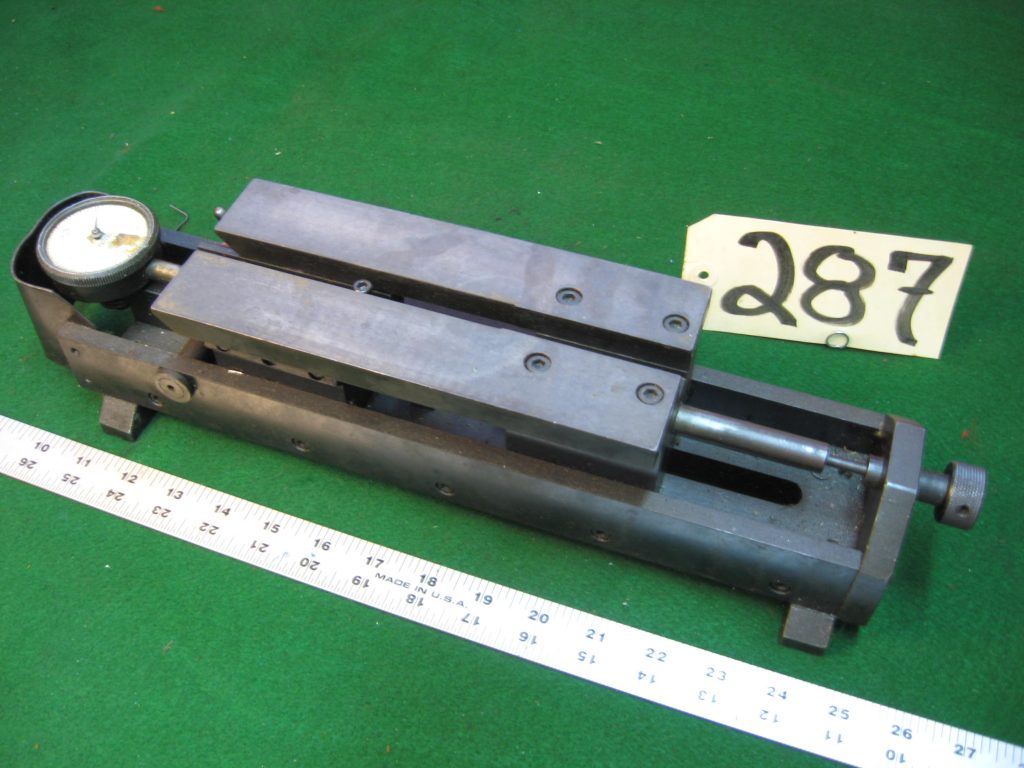


In the case of a surface plate, the goal of hand scraping is to produce a perfectly flat plane by initially removing relatively large and sparsely distributed high spots. The process continues until these high spots, called “bearing points,” are numerous and evenly distributed across the entire surface.
In the case of a round surface, (e.g. the internal diameter of a plain bearing) the objective is to produce a surface of near-perfect curvature by the elimination of high spots not conforming to the desired radius of curvature.
It is of great consolation to know that 95% of the scraping that will be encountered will be on flat surfaces. Scraping plain spindle bearings ranks as some of the most difficult operations a scraping hand will encounter due to the probability of “false bearing readings.”
In general, the establishment of parallelism, perpendicularity, and good surface bearing are paramount in the mind of a skilled scraping hand. To attain the above goals will require a high degree of personal skill and a variety of precise measuring instruments, which will act as your compass to representative standards of geometry.